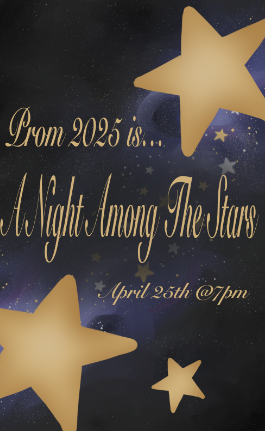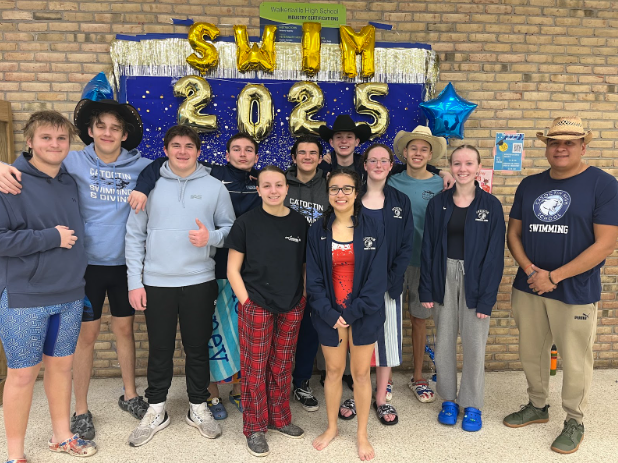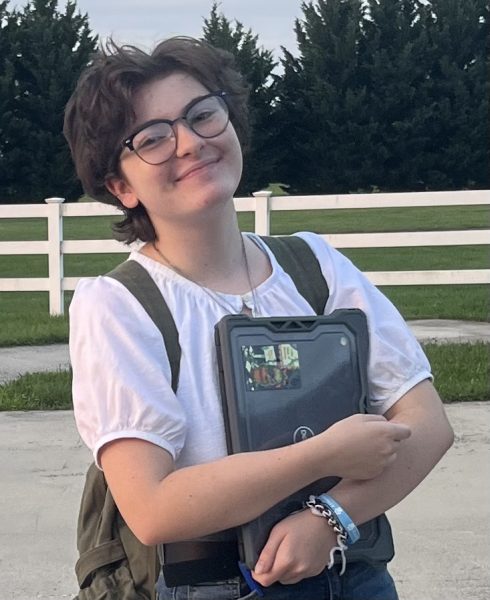The Epilepsy Foundation began its annual celebration of National Epilepsy Awareness Month in 1969– with a formal recognition being approved by Congress in 2003. In the two decades since, November has proudly worn the purple ribbon; a powerful symbol that represents those with epilepsy, a medical disorder characterized by disruptive nerve cell activity that triggers seizures. In honor of National Epilepsy Awareness Month, Sophomore Falyn Zimmerman was invited to share some of her experiences with epilepsy. An active member of the Unified Generation Club, Zimmerman was thrilled by the opportunity to spread awareness for her often unseen medical disorder. “Epilepsy gets a lack of awareness, it genuinely is annoying.” In 2017, a report from the CDC found that at least 3.4 million United States residents live with seizures, including nearly 500,000 children.
“I was diagnosed around two years old– We believe this was a side effect of lead paint poisoning.” Epilepsy is very common in infants, toddlers, and other groups of young children; with the newest epilepsy cases heavily featuring youth ages one and under. “I was actively having seizures from six to seven years old, but I am currently in remission.” When one is in seizure remission, they have not experienced a seizure for at least one year. “Being in remission, It’s a little scary because you don’t know when you’re going to have [a seizure]… but it also has a lot of freedom to it.” Falyn’s low seizure risk allows her to play tennis, perform as a member of the color guard, hold a restaurant job, and pursue her driver’s license.
Zimmerman was asked to share some of the challenges growing up with epileptic seizures. “Living a normal life, as a kid especially… not being able to do a lot of things due to the risk of head injury.” For many epilepsy patients, even minor head injuries can trigger full seizures. “Another hard thing is knowing that something is wrong with you, but not knowing what is going on.” While Falyn was too young to fully grasp her diagnosis, she was able to recognize the rift between her and her peers– something that separated her from the other children. Unfortunately, epilepsy closes off certain life opportunities for Zimmerman, even today. “I’ve always wanted to join the military… there is now a slim chance of me being able to join.” The sophomore recognizes the dangers of serving in the military with epilepsy. “Not just for myself, but others.”
Falyn was most excited to share the common misconception about epilepsy that irritates her the most– “That all seizures happen by dropping to the floor and shaking. That is a very outdated stereotype.” Most of Falyn’s seizures have occurred while standing up, characterized by twitching movements. Another false idea is that all epileptics are triggered by flashing lights. “This is one of the many huge causes, but not everyone is triggered by flashing lights… in my personal experience this was not the case.” Epilepsy exists beyond the disclaimers that appear before action movies; there is not just one universal epilepsy experience. However, exposure to flashing lights can still be incredibly dangerous for those with epilepsy. “It’s still not a bad idea to keep [epileptics] in mind when showing flashing lights.”
During any medical emergency, it is important not to panic; if you are with a person who enters a seizure, do not move them unless they are in physical danger. Remove accessories, loosen tight clothing that could restrict their breathing, and cushion their head if they have fallen to the ground. You should ensure that they receive proper medical attention, especially if they are a youth or lack a history of seizures. A seizure that lasts longer than five minutes is considered unordinary and medically dangerous. Zimmerman added her closing thoughts to the interview– “To me, it feels like people just don’t care about [epilepsy] as much as other disorders.” Unfortunately, Falyn has endured taunting comments relating to her diagnosis throughout public school. “…It just seems to be the butt of the joke; that’s what I’ve noticed growing up.” Despite the obstacles Falyn has and continues to face as an epileptic teen, she is more than proud to embrace her diagnosis. “I like to [talk] about epilepsy,” she shared. “I’ve never been ashamed; because I can’t control what my diagnosis is.”








